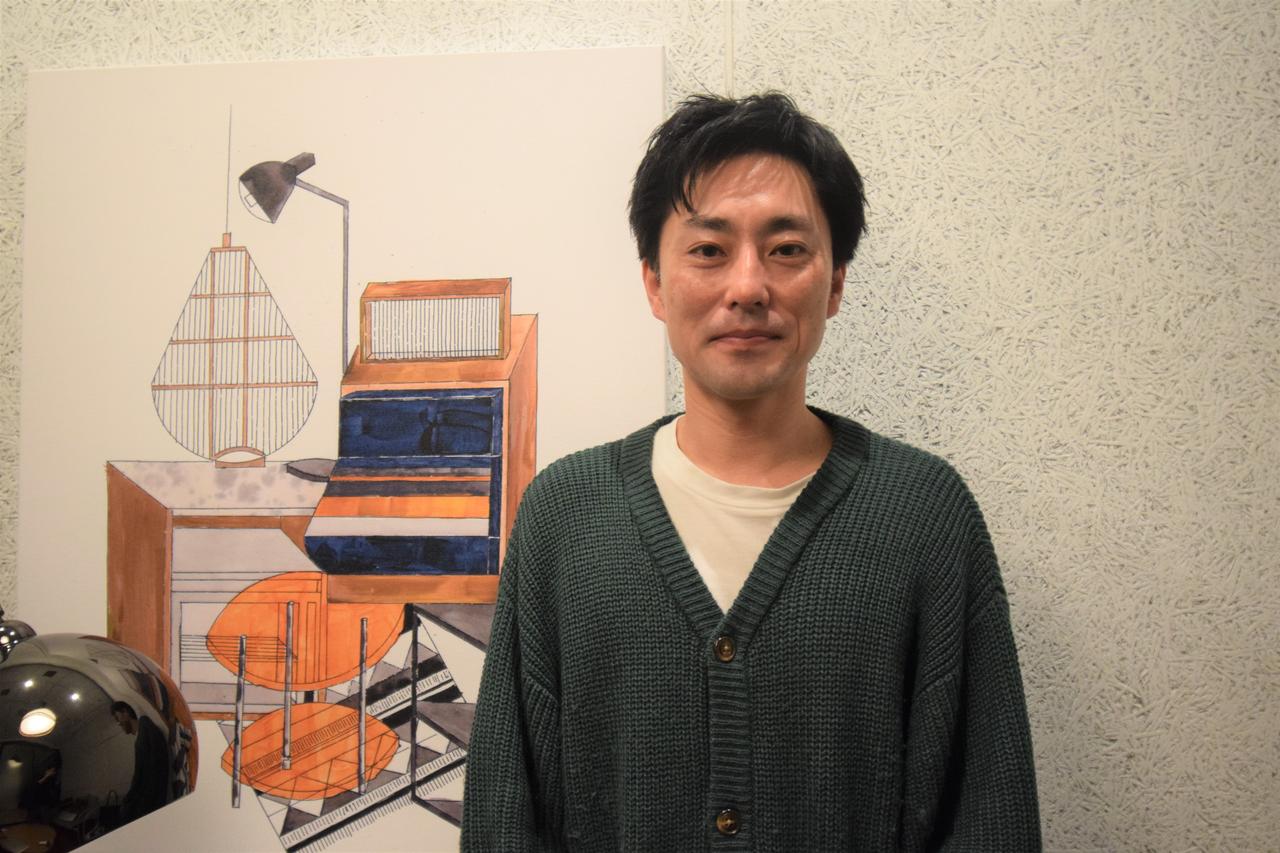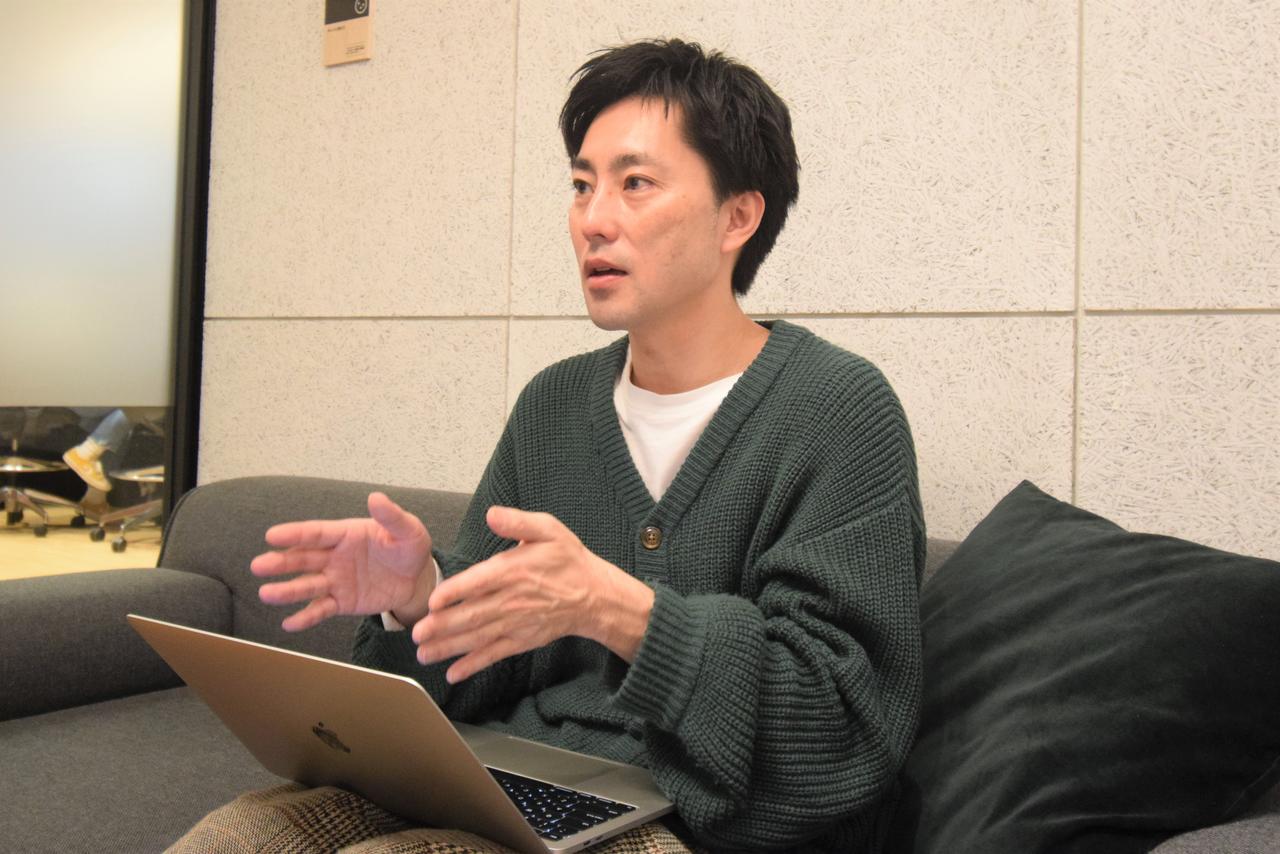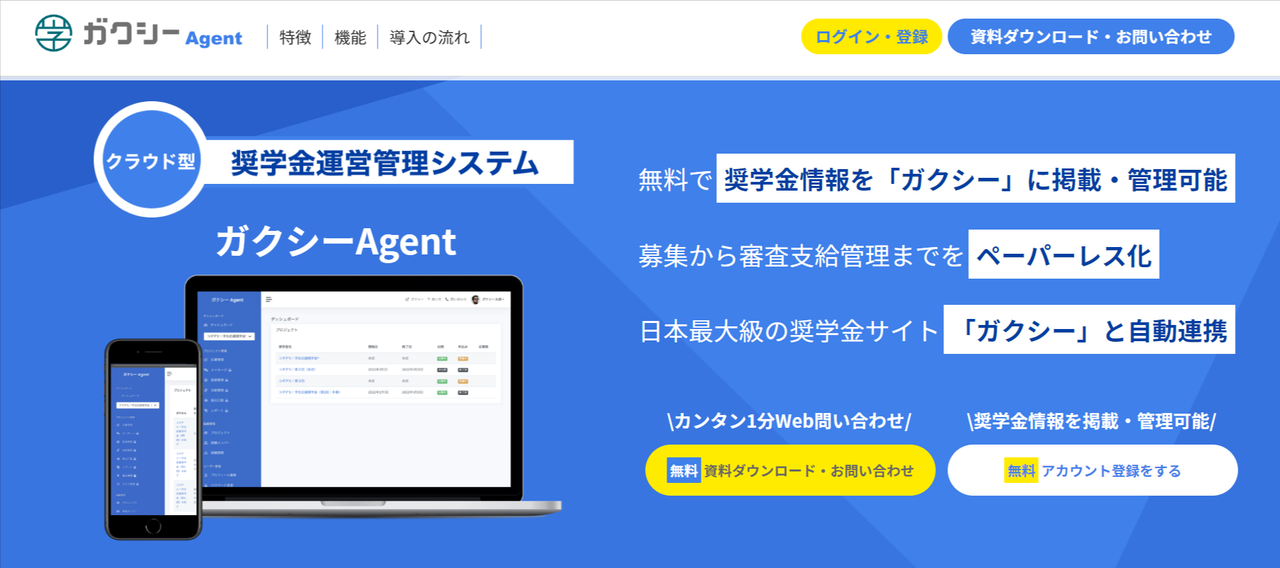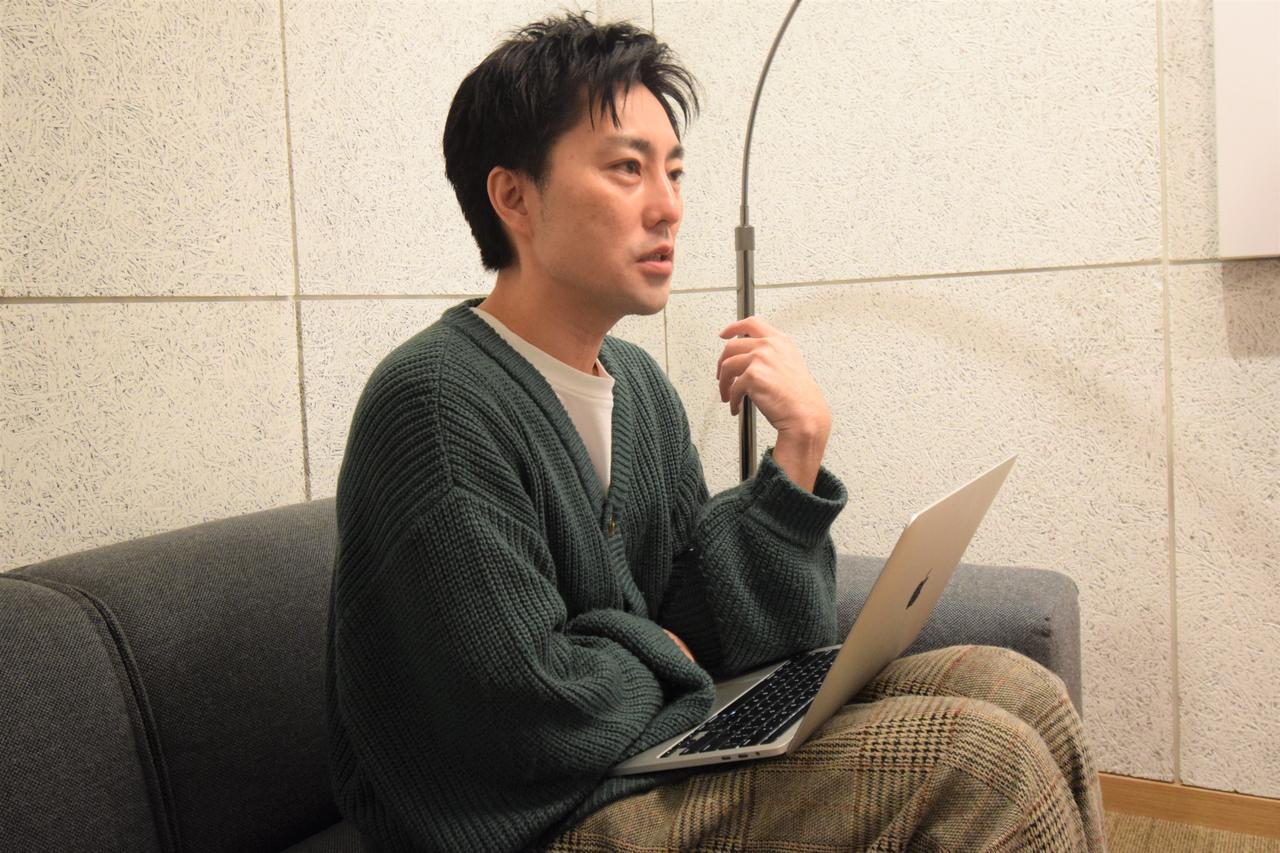Companies are emphasizing “investment in people,” such as successive wage increases and mandatory disclosure of human capital. However, when looking at the scholarship system, which can be called an “investment in young people,” it is pointed out that Japan is inadequate compared to the United States and other countries.
One in two students receive some kind of scholarship.
According to the “Student Life Survey” by the Japan Student Services Organization (JASSO), about one in two students in Japan (students attending junior colleges, universities, graduate schools, etc.) receive some kind of scholarship.
The amount of domestic scholarship projects in fiscal 2019 is approximately 1.1 trillion yen. On the other hand, according to a survey by the educational NPO College Board, the amount of money provided in the United States between 2021 and 2022 will reach 234.6 billion dollars (approximately 30.5 trillion yen, calculated at 130 yen to the dollar).
“Overseas, there is a system in place to collect money from students.”
This is pointed out by Ryosuke Matsubara (45), CEO of Gaxie, a startup that promotes the DX of scholarship programs.
Gaxie operates “Gaxie”, one of the largest platforms in Japan that aggregates scholarship information, and “Gaxie Agent”, an operation management system for organizations that manage scholarships. In July 2022, Mizuho Capital and NOW, a VC founded by Mr. Kazuma Ieiri of CAMPFIRE, will raise about 100 million yen in funding, saying, “I think we can aim for a large market.” Mr. Matsubara) and aims to revitalize the scholarship system by business, which is often regarded as “student support”.

Ryosuke Matsubara, representative of Gaxie.
Scholarship market ‘has been inefficient and has a distinct pain’
Mr. Matsubara is a so-called serial entrepreneur.
After joining Mitsui Chemicals as a new graduate, he was involved in corporate planning and recruitment, and then started a business with his senior colleagues. Grow the global recruitment support business that matches highly skilled overseas human resources and Japanese companies, and in 2017, sell the business to Neo Career, a human resources company.
Although he said, “I wasn’t interested in starting a business,” Gaxie was founded in March 2019 while searching for the seeds of the next business with former colleagues and friends (at the time of its founding). The company name is SCHOL).
However, I did not envision a project related to scholarships from the beginning.
“At first, I was battling with VCs to see if I could do business in the fields of nursing care and agriculture.
A business that can improve society while having the potential to scale as a business. From that point of view, while exploring new businesses with VCs and co-founders, I discovered the field of ‘scholarships’.
“In my previous job, I had many opportunities to interact with students from overseas, and I felt that Western countries have more scholarship systems and donation cultures than Japan, and that they are better off than Japan. when you turn your eyesThere was a clear pain in an inefficient market.I thought this was the solution.
Up until then, I had been explaining the projects I had proposed (to VCs) for an hour, but they would not shake their heads. However, it was clear that Gaxy’s project would solve the problem of the scholarship system with a system, and that if realized, it would make the world a better place. After about five minutes, it was like, ‘That’s it, you’ve finally arrived.'” (Mr. Matsubara)

“The Japanese scholarship system is very inefficient,” Matsubara points out.
Advertisements
The Reality of “Benefit Types Are Understaffed”
When Mr. Matsubara was founded, he thought of creating a mechanism to increase the “total amount of scholarships” in Japan.
“Before that, I realized that there was a problem with the scholarship system in Japan,” says Matsubara.
talk to.
Mr. Matsubara points out that there are two main issues facing Japan’s scholarship system.
one”Information Asymmetry”is. Speaking of domestic scholarships, the Japan Student Services Organization (JASSO) scholarships are well known. However, if you include scholarships that are independently managed by companies and schools, there are actually thousands of different schemes.
However, the information is not compiled in one place, and students have poor access to information on scholarships.
“(Scholarships) are not reaching the people who should be delivered, and the people who want to deliver them do not know how to deliver them.Even for grant-type scholarships that do not require repayment, there are cases where the number of applicants is less than the quota.(Mr. Matsubara)
In addition, the scholarship management organizationThe analog of the mechanism is also a big issueis. Many still require applications to be submitted by mail, which puts a heavy burden on both the governing body and the students.
“From the perspective of students, it starts from the level of ‘Where do you buy stamps (for mailing)? The platform is not ready.” (Mr. Matsubara)
About 140,000 people in two years.Comprehensive domestic scholarship information

Gaxie is the largest scholarship website in Japan.
In July 2021, Gaxie will launch a scholarship information site, Gaxie. It has grown into one of the largest sites in Japan, collecting information on about 16,000 scholarships (as of March 2023), which corresponds to “almost everything in Japan.”
On the site, it is possible to search conditions such as “scholarships that can be received (benefit type)”, “no income limit”, “no grade limit”, etc., and students can search for scholarships that suit them.
According to Matsubara, in one case, the number of applicants for a scholarship run by a foundation in Nagoya nearly tripled after posting information on Gakshi. For example, there were voices saying that “the number of applications from students in rural areas has increased.”Information began to spread to students who could not be reached beforeI’m starting to get some feedback.
About 140,000 students and guardians have registered accounts with Gaxie. The number of members is increasing at a pace of about 10,000 people every month, even though they don’t put out any advertisements.
However, Gaxy’s business model is not based on collecting usage fees from members.
“Gaxy’s users are those who are in financial trouble. At present, I don’t want to receive money from them.” (Mr. Matsubara)
Currently, 90% of Gaxie’s sales come from the management system “Gaxie Agent” for organizations that manage scholarships, and the accompanying BPO service. Scholarship organizations have a lot of information to manage, such as the reception of applicants, selection, and payment procedures. Streamline the work burden with SaaS services.
At universities and other institutions, staff are often involved in scholarship work in parallel with other work, and this combined with analog exchanges is a heavy burden. In interviews with faculty and staff involved in the actual scholarship project, all of them felt that there was a problem.

Gaxie Agent website.
“We are in a PMF (Product Market Fit) state, and I think we have created a great product. We believe that the number of customers will naturally increase. I believe that the market will grow to a scale of 200 billion yen, just with the people involved now.” (Mr. Matsubara)
The price depends on the size of the organization and the scholarship, but it ranges from 50,000 yen to 70,000 to 100,000 yen per month. Posting scholarship information is free.
In September 2022, the Japan Student Services Organization’s business management function and tuition fee exemption function will be implemented for school corporations. 25 organizations have already introduced the system, and this year, they aim to introduce it to 150 schools or organizations.
Scholarship market ‘never small’

Mr. Matsubara says that he is often asked, “Do you have a market?” “We want to know the most,” he said.
In addition, Mr. Matsubara is paying attention toCase of establishing a new foundation to distribute scholarshipsis.
It is still fresh in our memory that Shintaro Yamada, CEO of Mercari, established the STEM (Science) Women’s Scholarship Grant to support women in the sciences.
“I think there are more than a few people who want to do it. The number of successful people in Japan is increasing, and scholarships are an easy way to understand when they want to contribute something. (Mr. Matsubara)
When creating a new scholarship, it is assumed that the market will expand further if Gaxy takes over the management. This is also an initiative that embodies the company’s initial thought that “unless we increase the total amount of scholarships, there will be no fundamental solution to supporting young people.”
In addition, there are other players who will distribute scholarships.
“In the future, I would like to enter the market for bequests, which is said to be worth tens of trillions of yen. I would like to offer scholarships as an option for bequests so that the sleeping money can be used to support young people. Through us as a platformer, I would like to create a system that helps students in Japan every year.” (Mr. Matsubara)
Rikunabi, Recruit’s job-hunting support site, serves as a model.
“Rikunavi created a recruiting platform when companies were doing their own recruiting. When companies want to recruit, it costs money, but it is a contact point that connects with many students. Scholarships are also available. I’m sure there will always be people who want to do the same thing.”
Source: BusinessInsider
Emma Warren is a well-known author and market analyst who writes for 24 news breaker. She is an expert in her field and her articles provide readers with insightful and informative analysis on the latest market trends and developments. With a keen understanding of the economy and a talent for explaining complex issues in an easy-to-understand manner, Emma’s writing is a must-read for anyone interested in staying up-to-date on the latest market news.
